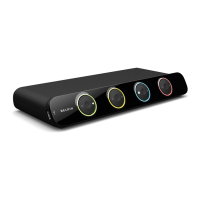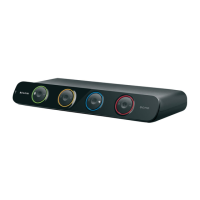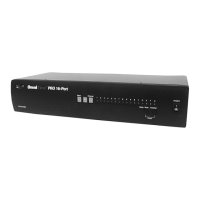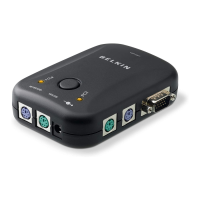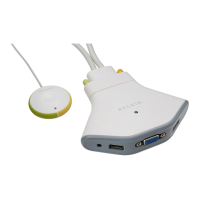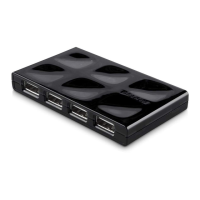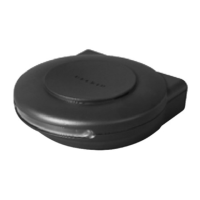41
4-2 Virtual Media Menu Options
Creating an Image
Floppy Images
UNIX
®
and UNIX-Like Operating Systems (OS)
To create an image file, make use of “dd”. This is one of the original UNIX
utilities and is included in every UNIX-like OS (UNIX, Sun Solaris, Linux). To
create a floppy image file, copy the contents of a floppy to a file. You can use
the following command: dd [ if=/dev/fd0 ] [ of=/tmp/floppy.image ]. In this
case, “dd” reads the entire disc from the device “/dev/fd0” and saves the
output in the specified output file “/tmp/floppy.image”. Adjust both parameters
exactly to your needs (input device, etc.).
MS Windows
You can use the tool “RawWrite for Windows”.
Select the “Read” tab from the menu. Enter (or choose) the name of the file in
which you would like to save the floppy content. Click on the “Copy” button
to initiate the image-creation process. For related tools, please see the home
page of the “fdos project” (http://www.fdos.org).

